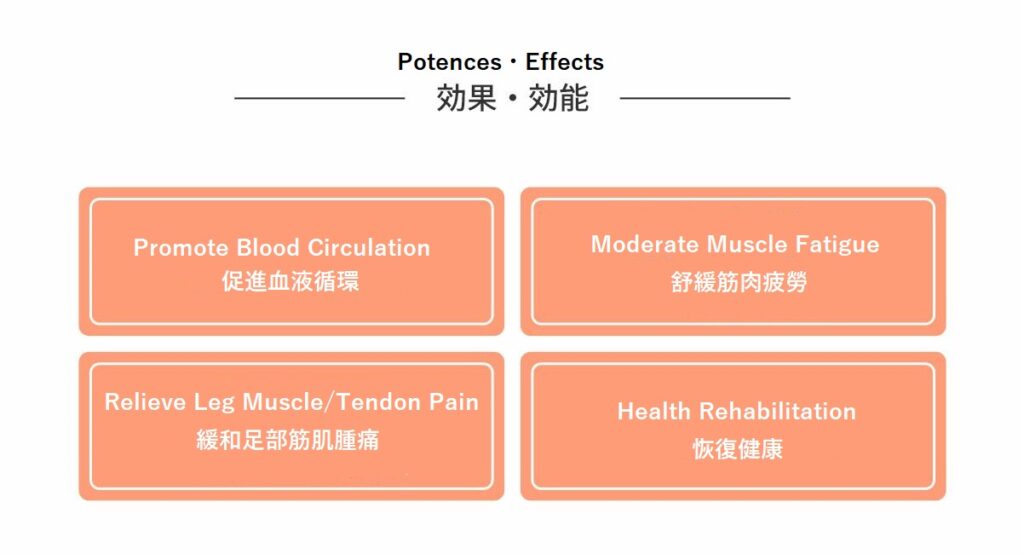



骨骼肌的擠奶動作

首先有必要了解心臟的功能。心臟將含氧血液從左心房通過動脈泵送到所有需要氧氣和營養物質的器官和組織。去氧血液通過靜脈進入心臟(右心房)。因此,第一個過程,即血液泵送到器官在解剖學上是平滑的過程,因為在這裡重力與你同在(朝向腳趾),第二個血液隨著壓力梯度的降低而流動,第三個是含氧的(沒有凝塊),但是當涉及到去氧血液流回心臟時。它就像向上攀登,從腳趾到心臟。心臟的泵送力量在早期過程中消散,現在另一種力量必須接管,它來自腿部。腿部肌肉收縮,對血管壁產生壓力並擠壓血液。並防止肌肉放鬆時向後流動。微小的靜脈瓣膜卡入閉合,產生釋放壓力的節拍。這被稱為肌肉的“擠奶動作”,被稱為第二心臟。
Milking action of skeletal muscles

The heart pumps oxygenated blood from the left atrium through the arteries to all organs and tissues that need oxygen and nutrients. Deoxygenated blood enters the heart through a vein (right atrium). Thus, the first process, that is, the pumping of blood to the organ, is an anatomically smooth process, because of gravity (towards the toe), the second blood flows with the decrease of the pressure gradient, and the third is oxygenated (without clots), but when it comes to deoxygenated blood flowing back to the heart. It’s like climbing up, from the toes to the heart. The pumping force of the heart dissipated in the early process, another force must take over, and it comes from the legs. The muscles of the legs contract, creating pressure on the walls of blood vessels and squeezing blood. And prevents the muscles from flowing backwards when relaxed. Tiny venous valves snap into the closure, creating a beat that releases pressure. This is known as the “milking action” of the muscles and is known as the second heart.


如一雙無形之手, 承托着你行走, 減輕足弓負荷
緩和足部筋肌,腫痛,恢復健康

脚痛?
脚部酸軟?
脚部浮蹱?





